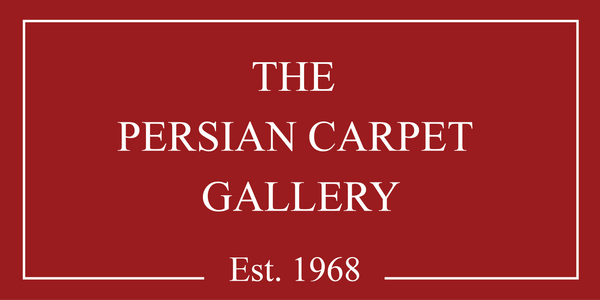Hamedan carpet
Hamedan is a significant center for carpet weaving in Iran, known for producing affordable rugs. The origins of carpet weaving in Hamedan can be traced back to around 450 years ago, likely due to the necessity of creating rugs for cold and long winters.
 Hamedan carpets are distinguished by their long and woolly fibers, making them heavier than carpets from other Iranian regions. The diversity of patterns in the area indicates a long history of this craft. In the 1850s, Dr. Jacob Polak noted the fame of Iranian carpets for their durability and meticulous weaving.
Hamedan carpets are distinguished by their long and woolly fibers, making them heavier than carpets from other Iranian regions. The diversity of patterns in the area indicates a long history of this craft. In the 1850s, Dr. Jacob Polak noted the fame of Iranian carpets for their durability and meticulous weaving.
 Today, the markets in Hamedan feature traditional carpets from migrating tribes, marketed as "Hamadani weave." However, contemporary designs are moving away from authentic patterns, with weavers aiming to revive the charm of the past. The term "Akbatani," referring to the ancient name of Hamedan, is increasingly used in the carpet trade to distinguish modern patterns. Renowned conservator Mrs. Khadijeh Aghamohammadi, with over thirty years of experience, contributes to the preservation of carpets in the province.
Today, the markets in Hamedan feature traditional carpets from migrating tribes, marketed as "Hamadani weave." However, contemporary designs are moving away from authentic patterns, with weavers aiming to revive the charm of the past. The term "Akbatani," referring to the ancient name of Hamedan, is increasingly used in the carpet trade to distinguish modern patterns. Renowned conservator Mrs. Khadijeh Aghamohammadi, with over thirty years of experience, contributes to the preservation of carpets in the province.


